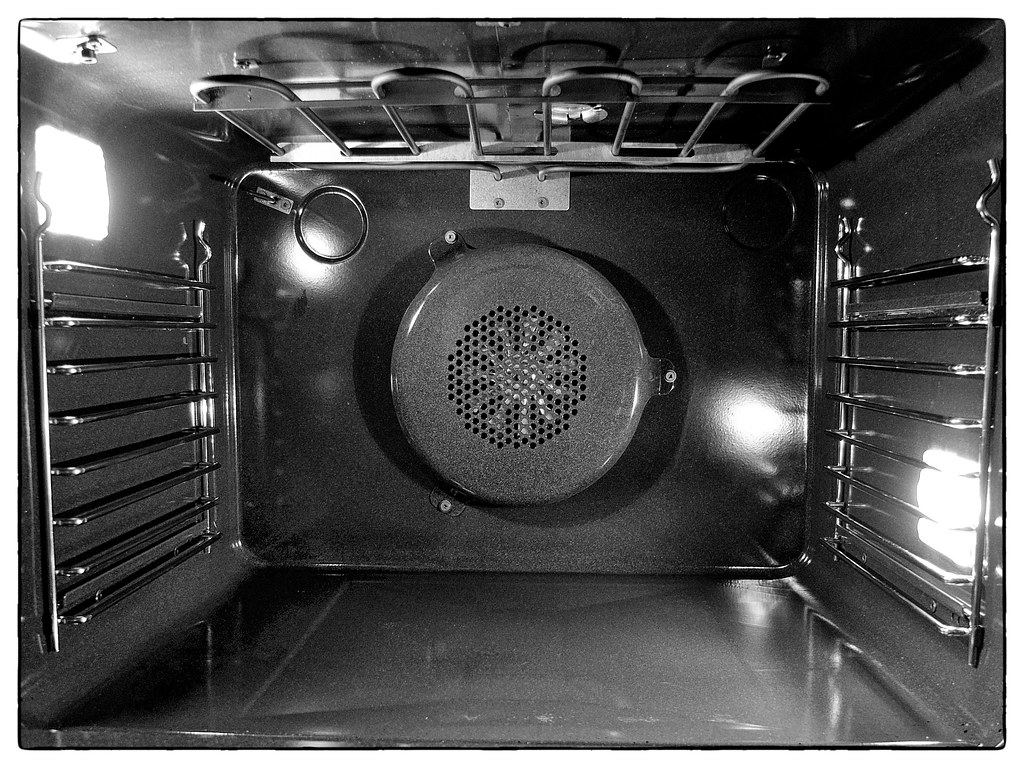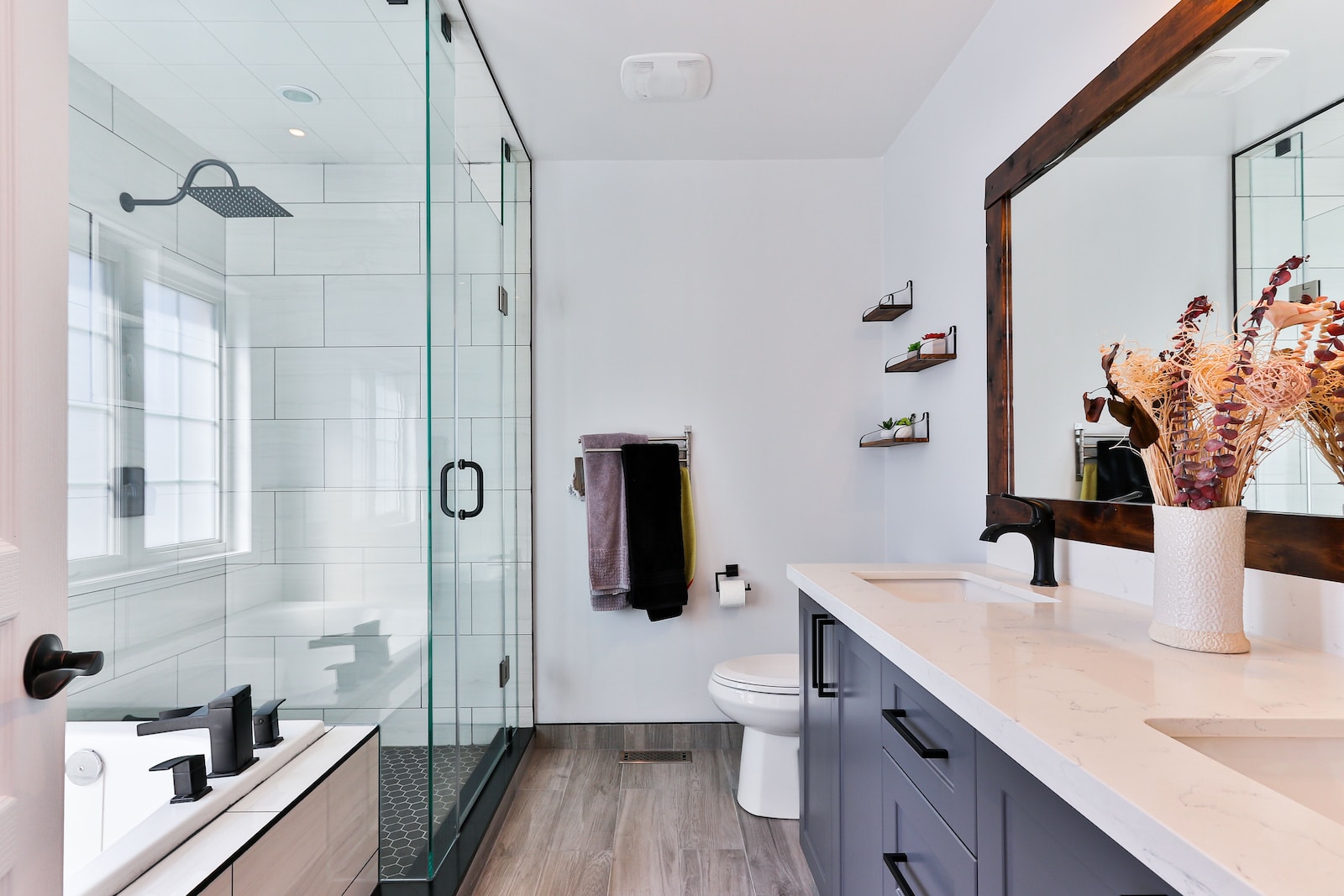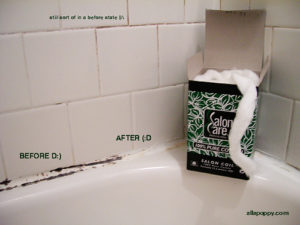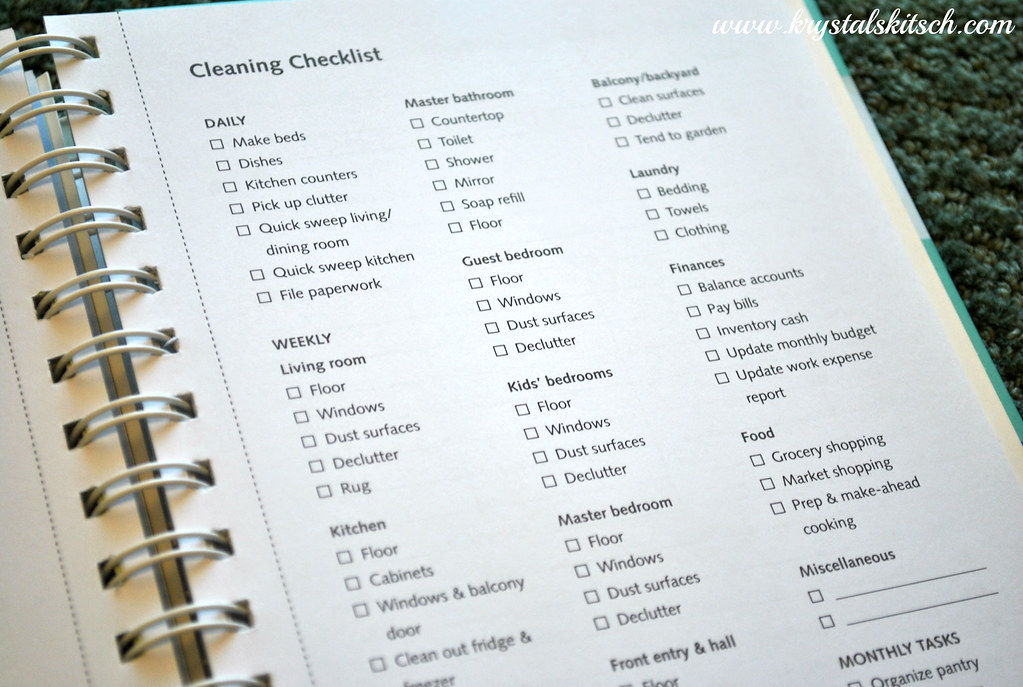

Hey there! So, you’ve discovered some mould in your bathroom, huh? Don’t worry, we’ve got you covered.
In this article, we’re going to show you step-by-step how to tackle that pesky mould problem and get your bathroom looking fresh and clean again.
From identifying the presence of mould to scrubbing away those stubborn stains, we’ll walk you through the entire process.
So grab your cleaning supplies and let’s get started!

You’ll want to start by checking for any visible signs of mould in your bathroom. Mould can often appear as black or green patches on walls, ceilings, or tiles. Look for any discolouration or fuzzy spots, as these can be indicative of mould growth. Pay close attention to areas that are prone to moisture, such as around the shower, bath, or sink.
It’s important to note that mould can also have a musty odour, so if you notice any unusual smells in your bathroom, it could be a sign of mould. Additionally, keep an eye out for any water stains or peeling paint, as these can be signs of water damage and potential mould growth.
To start, make sure you’ve got all the necessary cleaning supplies ready for tackling the mould in your bathroom. Here’s a list of items you’ll need:
Make sure to open the windows and turn on the fans to ensure proper air circulation in the bathroom while tackling the mould problem. Ventilation is crucial in preventing the spread of mould spores and promoting a clean and healthy environment.
By opening the windows, you allow fresh air to enter the bathroom, effectively reducing humidity and preventing the growth of mould. Additionally, turning on the fans helps to remove excess moisture and odours, further improving the air quality.
It is recommended to keep the bathroom well-ventilated during and after cleaning to ensure that any remaining mould spores are effectively removed. Remember to clean the fans regularly to prevent dust buildup, as this can hinder their effectiveness.
With proper ventilation, you can effectively combat mould growth and maintain a clean and healthy bathroom.
Once you’ve gathered the necessary ingredients, start by combining vinegar and baking soda in a spray bottle for an effective homemade mould-cleaning solution. This powerful concoction will help you tackle those stubborn mould spots and prevent them from spreading further.
Here’s why this homemade solution is perfect for serving your cleaning needs:
After combining the vinegar and baking soda in a spray bottle, simply apply the homemade cleaning solution to the affected areas. Make sure to wear gloves and protective eyewear before beginning the cleaning process.
Start by spraying the solution directly onto the mouldy surface, ensuring complete coverage. Allow the solution to sit for about 10 minutes to penetrate the mould and loosen its grip.
Next, using a scrub brush or sponge, gently scrub the mouldy area in circular motions. Be thorough and pay attention to any crevices or hard-to-reach spots.
Rinse the area with clean water to remove any remaining residue. For stubborn mould, you may need to repeat the process.
Finally, dry the area completely to prevent any future mould growth. Remember to properly dispose of any leftover cleaning solution and thoroughly clean your tools.
To effectively scrub and remove mould stains, start by using a scrub brush or sponge to gently agitate the affected areas in circular motions. This will help loosen the mould and make it easier to remove.
Here are a few tips to help you tackle this task with confidence:
Now that you’ve effectively scrubbed and removed the mould stains from your bathroom surfaces, it’s important to properly rinse and dry them to prevent any further growth. This step is crucial in ensuring a clean and safe environment for you and your family.
To begin, use a clean cloth or sponge to thoroughly rinse the surfaces with warm water. Make sure to remove any remaining cleaning solution or residue from the scrubbing process.
Next, dry the surfaces completely using a dry towel or paper towels. This will help to prevent any moisture from lingering, as mould thrives in damp environments. Pay extra attention to corners, crevices, and any areas where water tends to accumulate.
To prevent future mould growth in your bathroom, it’s essential to keep the surfaces dry and well-ventilated. By taking these preventative measures, you can ensure a clean and healthy environment for you and your family.
Here are some tips to help you in your quest for a mould-free bathroom:
If you’re unable to address the mould issue on your own, it’s important to seek professional help to ensure a thorough and effective solution.
mould can be a persistent and stubborn problem, especially in bathrooms where moisture levels are high.
Professional mould remediation specialists have the knowledge and expertise to identify the root cause of mould growth and provide a comprehensive solution.
They use specialized equipment to assess the extent of the mould infestation and employ proven techniques to safely remove the mould and prevent its regrowth.
Additionally, professionals can offer advice on how to prevent future mould issues and improve the overall air quality in your bathroom.
mould growth in your bathroom depends on various factors such as moisture and temperature. It can occur within 24-48 hours under ideal conditions. Promptly addressing any moisture issues is crucial to prevent mould from taking hold.
Yes, you can use bleach to clean mould in your bathroom. It is an effective agent that kills mould spores. However, be cautious and follow proper safety measures, as bleach can be harmful if not used correctly.
mould in your bathroom can pose serious health risks. Breathing in mould spores can lead to respiratory issues, allergies, and even infections. It’s important to address mould promptly to protect your health.
Yes, you can use vinegar as a mould cleaning solution. It’s effective due to its acetic acid content, which kills mould spores. Mix equal parts vinegar and water, spray on the affected area, and scrub.
To prevent mould growth in your bathroom, there are natural methods you can try. Proper ventilation, reducing humidity levels, and regular cleaning can help. Additionally, using natural products like vinegar or tea tree oil can also be effective.
In conclusion, tackling mould in your bathroom requires diligence and attention to detail. By taking the necessary steps to identify and remove mould, you are not only keeping your bathroom clean and hygienic but also symbolically creating a space free from harmful pathogens and potential health risks.
Remember, prevention is key, so make sure to maintain proper ventilation and routinely clean your bathroom to minimize the chances of mould growth. However, if the problem persists or becomes overwhelming, do not hesitate to seek professional help.
With these measures in place, you can ensure a mould-free and healthy bathroom environment.

